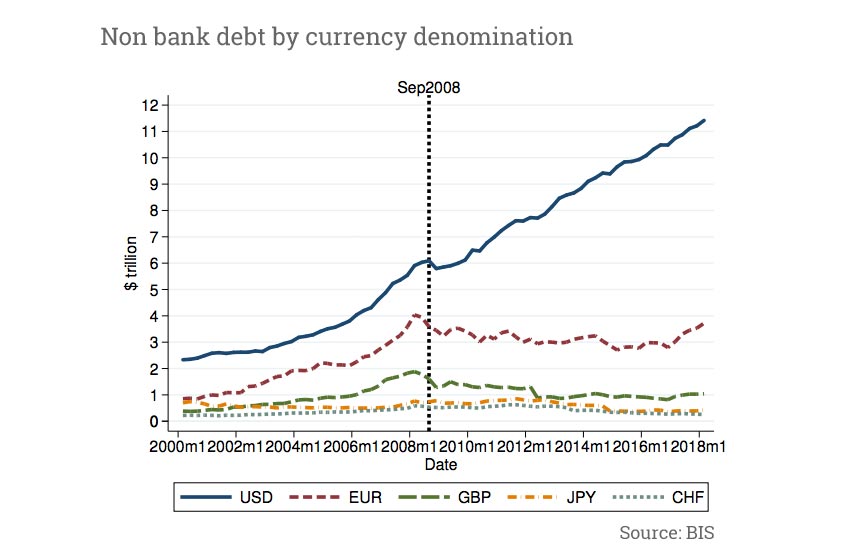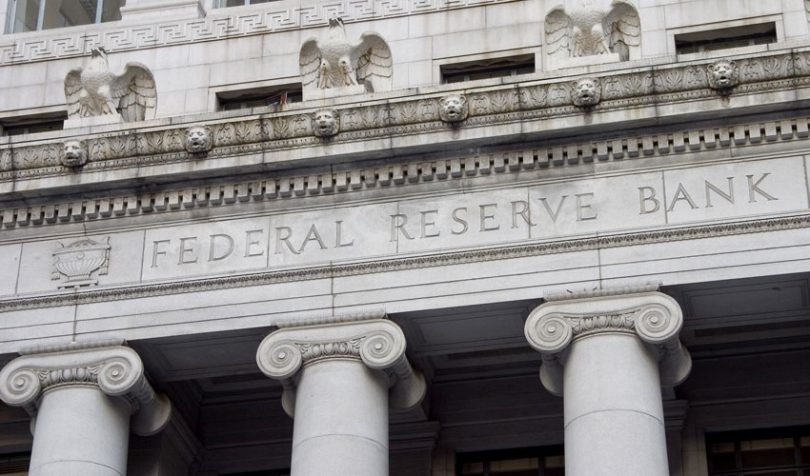The Federal Reserve Bank of Philadelphia has published a paper about Central Bank Digital Currency (CBDC). It highlights the role of commercial banks in taking short term deposits but lending longer term, or maturity transformation. If there’s a retail CBDC, then commercial deposits might migrate to the central bank.
It considers a CBDC to be the equivalent of the demand deposits at a commercial bank, but with government backing.
The paper argues that “maturity transformation is a first-order consideration that has not been thoroughly examined by the literature, often more interested in questions such as the consequences of a CBDC for interest rates, tax evasion, or anonymity.”
A central bank doesn’t have the expertise to make longer term loans. So, instead of the central bank making loan decisions itself, the researchers raise the possibility of them employing investment banks to do wholesale lending on their behalf. It’s not quite the same, but it’s also not completely different from the Federal Reserve hiring BlackRock to help with exchange-traded fund purchases during the current crisis.
If the central bank competes with commercial banks, then commercial banks get some deposits but less than now.
However, if the central bank isn’t careful, it could become the monopoly depositor, which could cause problems with maturity transformation. The paper gives the example of fiscal subsidization and central bank deposits being appealing in a crisis, where commercial banks have the risk of a bank run.
While many might find the concept of a central bank competing with commercial banks for primary deposits a little odd, the paper notes that the separation is a post-WWII phenomenon.
But importantly, it also coincides with the demise of the gold standard.
Some central banks, such as the Swiss National Bank and the Bank of Japan are listed on stock exchanges, although voting rights are limited.
The paper states that the sharp separation between central banks and the public is likely to come to an end because of the potential for CBDC and the ability of the internet to provide a distribution alternative to branches.
A quick analysis – has the ship already sailed?
The basis of the paper is looking at the disruption of commercial banks and lending. But we ask whether the role of banks can or will endure, with or without a CBDC?
Research from the Bank for International Settlements shows that the role of commercial banks in lending has already declined substantially since the 2008 crisis with a shift to market lending. That’s the result of higher capital requirements constraining banks.

With the advent of tokenization, that shift towards markets is likely to become far more widespread beyond corporate bonds.
So banks face challenges on multiple fronts. There’s the existing shift of lending to markets, which will only extend. There’s looming competition from central banks on the deposit side. And numerous non-banks compete for payments, not to mention the likes of Visa and Mastercard, which are extending their footprints in the B2B market.
And on top of this, there’s increasing regulation which is constraining their ability to do business. During the March panic, depositors flocked to banks, but their leverage ratio is constrained. The Federal Reserve had to relax requirements so that banks could buy treasuries and extend loans.






